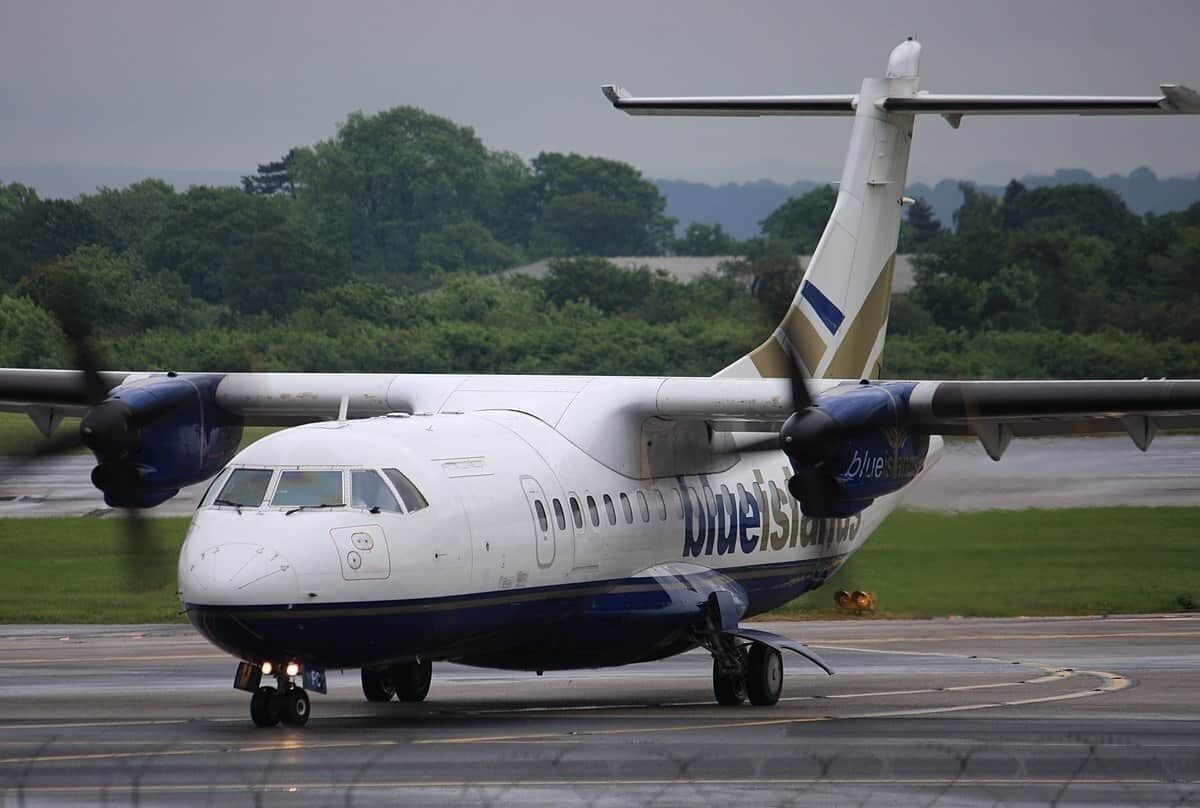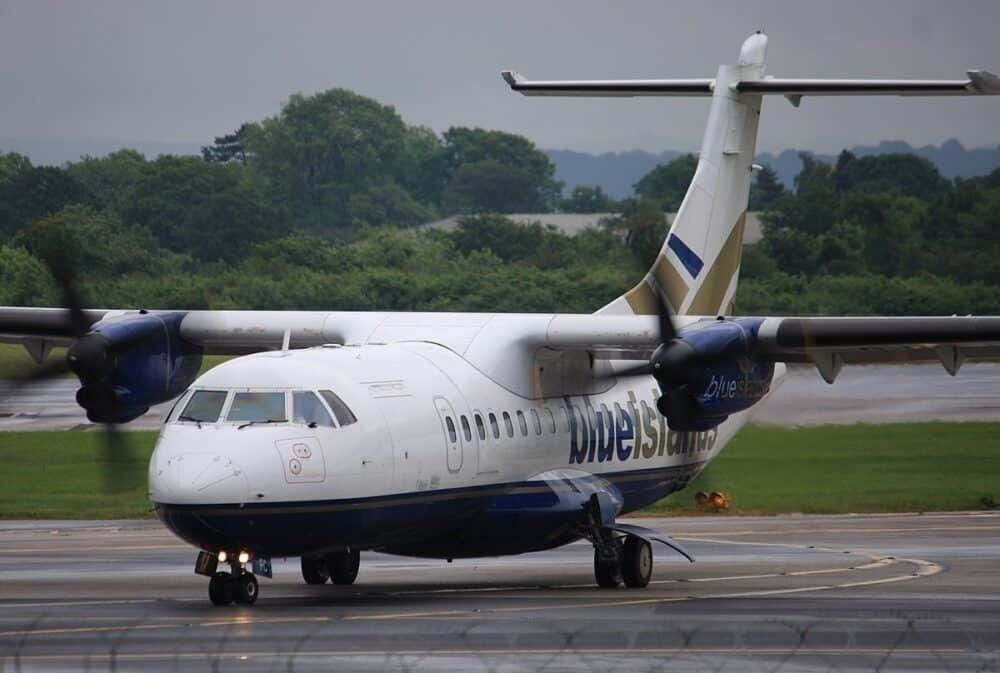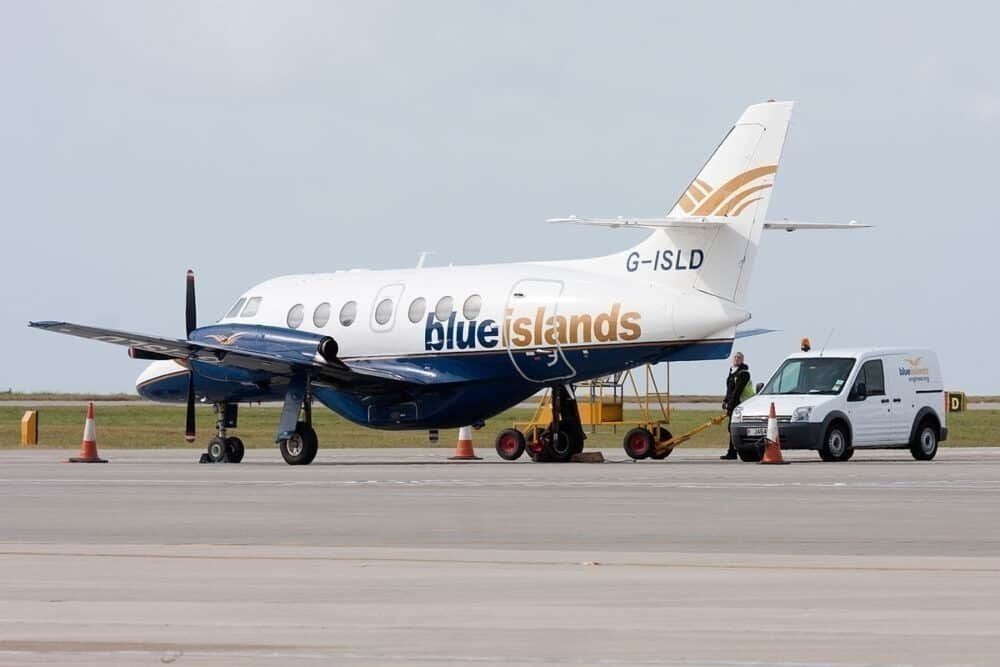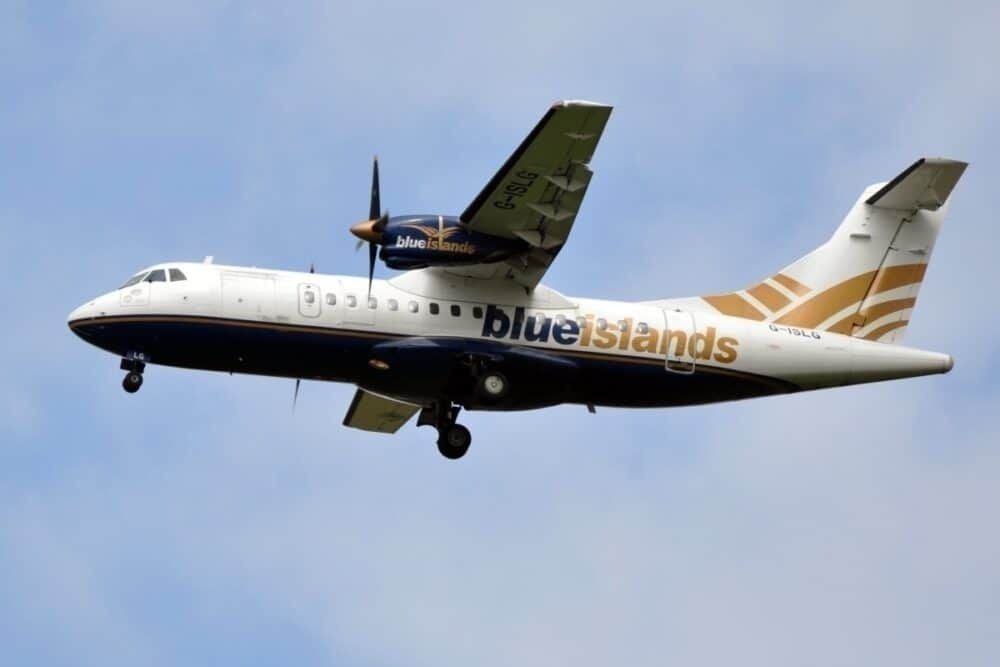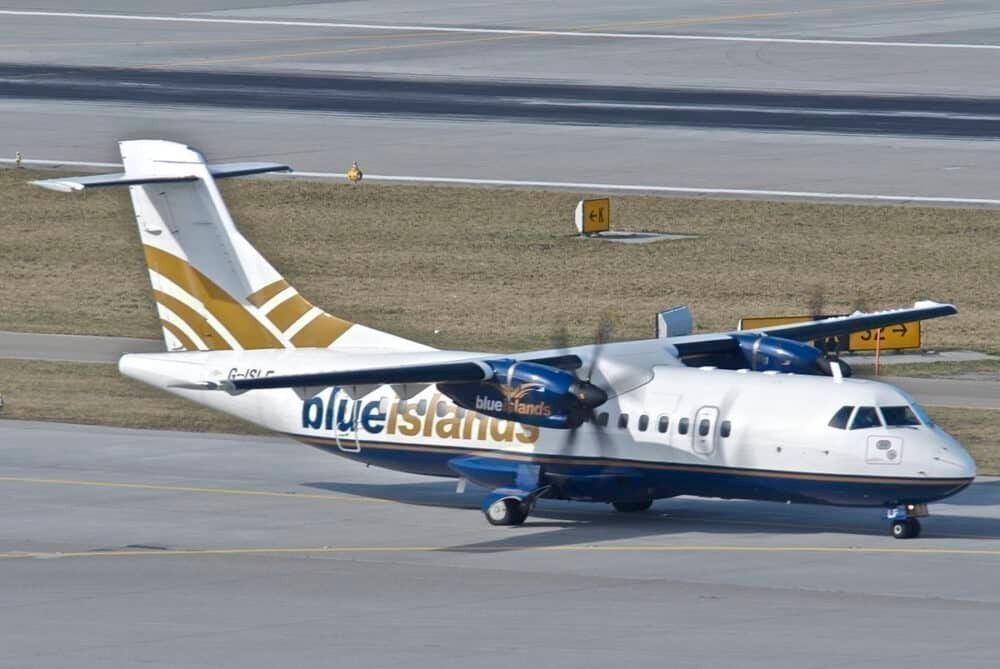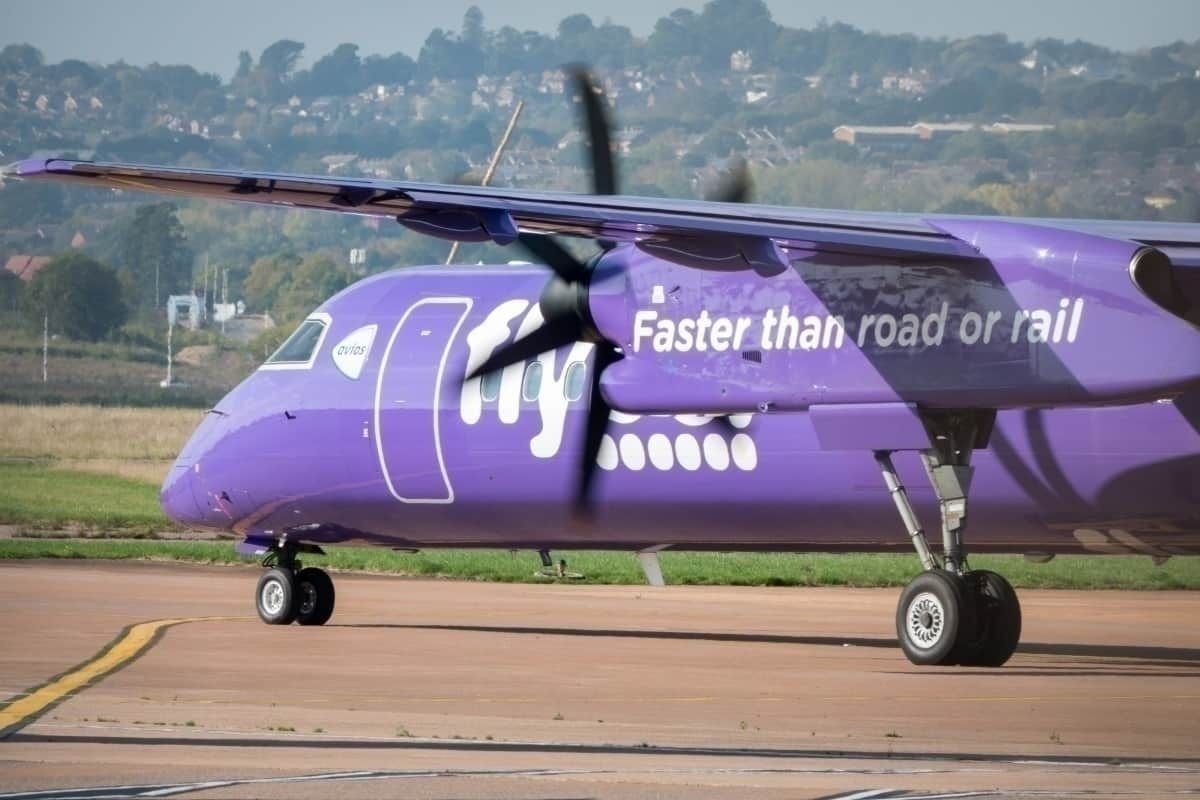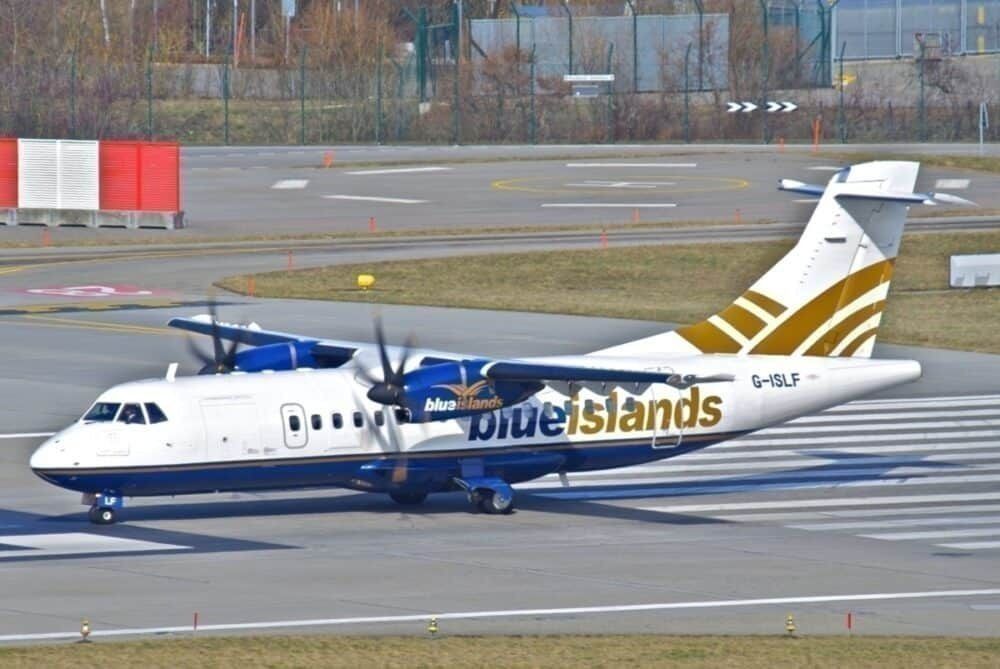With Flybe's exit from the airline industry earlier this year, there has been no shortage of airlines looking to profit from its routes and slots. However, you may not have known that Blue Islands was a franchise partner of the airline that's rising from the ashes. With projections for growth and expansion, the airline is starting from where Flybe left off.
A brief history of Blue Islands
Blue Islands is an airline based in the Channel Islands with an operating HQ in Guernsey. It began life in 1999 as Le Cocq's Air Link, however, its operation did not incorporate passenger services. At its inception, the airline specialized in delivering perishable goods to Alderney, an island just three square miles large.
After three years in a delivery trade, it was time to start looking at operations differently. In 2002, Le Cocq's Air Link began transporting passengers between Alderney and Bournemouth. During that first year, the airline carried 10,000 passengers - quite impressive.
In fact, Blue Islands' growth trajectory was something that would become a trend in the ensuing years. The following year, the airline was able to double its capacity to carry 20,000 passengers. It was then that it changed its name to Rockhopper.
However, that name was only to carry the airline for another three years. By 2006, with 63,500 passengers flown and its very first British Aerospace Jetstream 32 acquired, the airline changed its name for a final time to become Blue Islands.
Blue Islands becomes a Flybe franchise
Despite all those changes in its early history, it wouldn't be for a while until Blue Islands became the airline that we know today. It currently has a fleet made up of entirely ATR aircraft, which it first acquired in 2009. Having experienced a lot of growth, there was certainly potential for the airline. When a new CEO was appointed in 2011, he brought the airline from strength to strength.
Rob Veron decided that a streamlined single-type fleet would be the way to go. That led to the purchase of the airline's very first ATR 72 in 2013 and the subsequent incorporation of the new route between Guernsey and Southampton.
The following year, the airline had five ATRs and, in 2016, became a franchise partner with Flybe. Blue Islands took on Flybe's disguise in the form of its brand and also sales channel; however, it retained its independence.
In a partnership with a well-established commercial airline, Blue Islands thrived. In 2019, it flew 415,000 passengers and also adopted new services in the East Midlands and Newquay. The cooperation between the airlines was clearly a lucrative venture; however, the success was not to last long. Following Flybe's collapse, Blue Islands found itself alone.
Blue Islands rises with strength
It is not apparent that Flybe's demise had any ill-effect on Blue Islands. In fact, it's come back from the shock stronger than ever. It claims that it was able to return to its operation as a fully-independent airline without much trouble at all. Even as the coronavirus pandemic continues to damage travel demand, Blue Islands is experiencing growth.
On July 8th, the CEO of the carrier announced that the carrier was ready to take on the post-COVID challenge without Flybe. Showcasing its brand-new identity alongside (you've guessed it) more new routes, the airline is looking to profit from where Flybe left off.
In the statement, Rob Veron said,
"We have been working really hard behind the scenes over the past few months with the aim of re-emerging, post-pandemic, stronger, and better than ever. We look forward to serving the Channel Islands again...Channel Islanders told us that they want flying to be simple and easy again with no hidden costs and stresses over bag restrictions. We’ve listened, taking all the ideas on board, and we are proud to announce our new product offering, refreshed brand identity and new website."
Has Flybe's demise worked in Blue Islands' favor?
Flybe's demise has not seemed to tarnish Blue Islands too much. Could it actually have been beneficial? On Wednesday, Blue Islands announced that it would be launching five new routes. The services will come into effect from August 31st and will fly between the following destinations:
- Jersey-Birmingham;
- Jersey-Exeter;
- Southampton-Dublin;
- Southampton-Manchester;
- Manchester-Exeter.
These routes are welcome hand-me-downs from former Flybe.
In addition to its good fortune on Flybe's routes, Blue Islands has also received a £10m ($12.6m) loan from the Government of Jersey to help it through the coronavirus. It would certainly not appear that the airline is going to be short on growth in the coming months and years, either. The airline now flies to nine destinations, and with a growing customer base, it's also enhanced its offering.
What do customers get with Blue Islands?
In addition to Channel Island connectivity, Blue Islands customers can also make the most of the airline's new frequent flyer scheme. The program offers two packages allowing customers to collect points to redeem on a free one-way flight.
The Blue Fly program is Blue Islands' basic frequent flyer scheme, which gives 250 points per one-way flight. If passengers opt for the Blue Plus program, they could earn 500 points on their next one-way trip. To receive a free flight, customers much collect 5,000 points.
With all the excitement surrounding its redesign, Blue Islands is also cautious that it's emerging in a new world. It has taken precautions to protect its passengers from the spread of COVID-19 through the following measures:
- recirculating cabin air every five to seven minutes;
- distancing passengers across seats;
- reducing contact points;
- sanitizing surfaces within the cabin.
As for Blue Islands' growth, it seems set to be able to continue its work providing a lifeline to those living within the Channel Islands as well as holidaymakers.
How do you think Blue Islands will fare in a post-lockdown world? Let us know in the comments.

